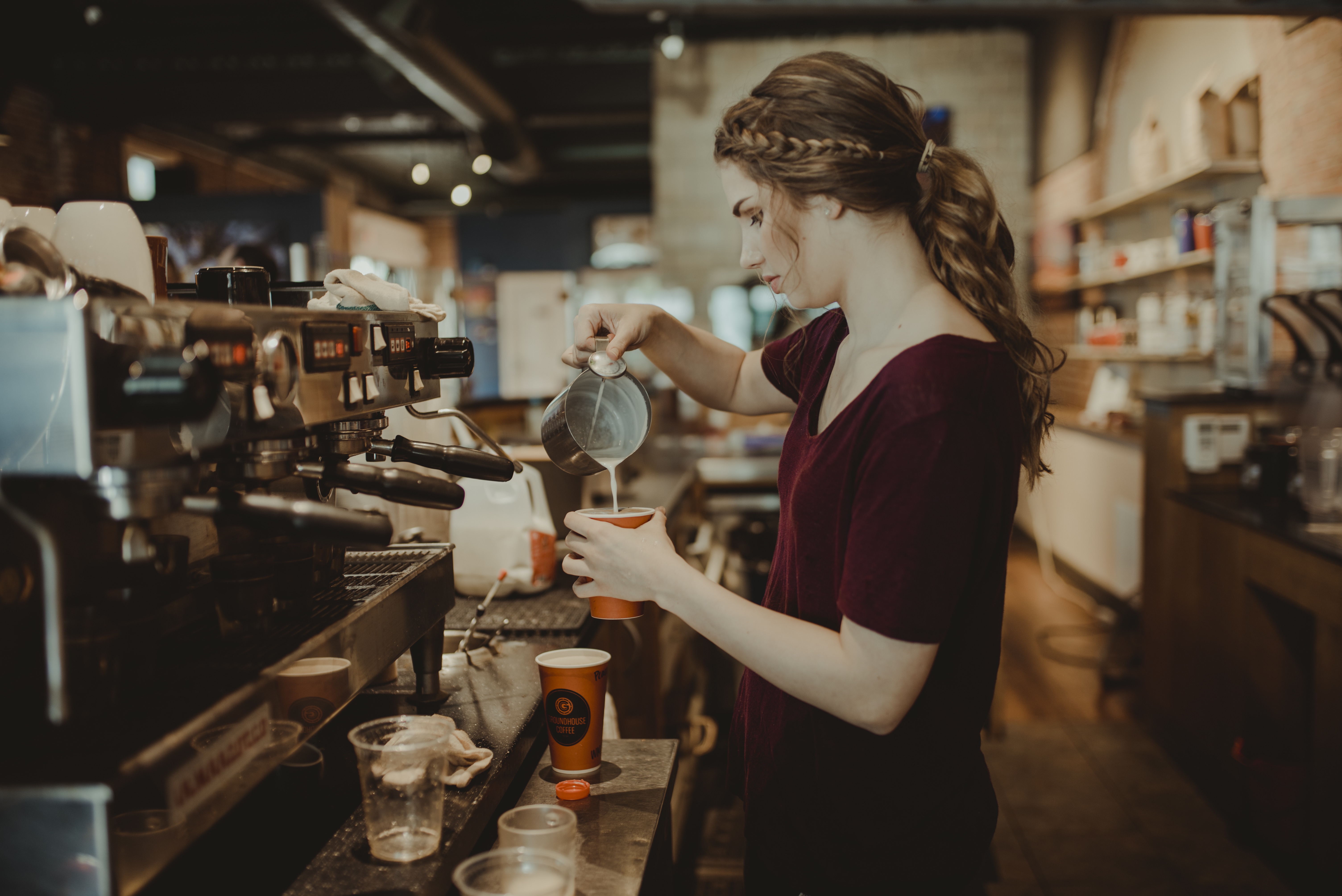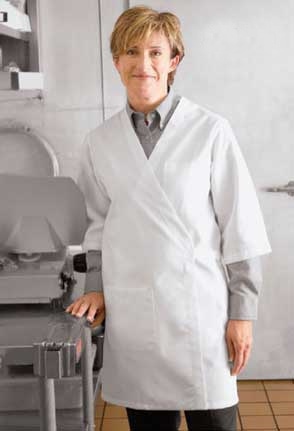Whether you just opened a new restaurant or want to boost your existing business, you’re probably hoping to learn restaurant strategies to attract customers. However, many of the common ways people think of to grow their business are too involved or expensive to be practical.
Ideas like taking out an ad in the local paper or paying for a spot on the radio may seem great on the surface. However, they target a very broad audience. Even worse, they are quite expensive. While they may drive some traffic, you may not recoup what you invest in advertisement expenses. Even worse, they will only work for a short period of time.
Trying to draw new business is difficult. Business owners may try many ideas that not only cost money but also prove ineffective at long-term improvement. If you hope to attract more customers to your restaurant, you also likely want to minimize the cost involved. Thankfully, there are some great ideas for how to attract more customers to your restaurant without breaking the bank.
1. Collaborate on Special Offers with Local Businesses
One issue that many restaurants run into when using specials, discounts, or other promotions to drive sales as the cost. In order to create an offer that is tempting enough to bring new customers in, you generally need to offer a pretty substantial price reduction. Many people are not willing to gamble there evening out or fun money on a restaurant they have never been to at full price.
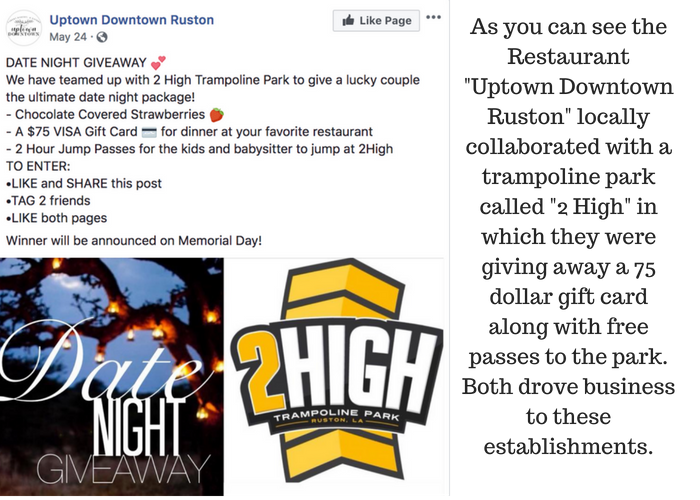
Offering buy-one-get-one discounts and similar sales could draw in people, but it may not really bring the right demographic. Worse, you may find that you don’t actually attract repeat customers.
An often overlooked but great solution is to partner with other local businesses for promotions. As a restaurant, you are a perfect partner for promotion with movie theaters, entertainment venues, and other fun places, like escape rooms. If you are a pizza place, partnering with a local video arcade could be a good idea. If you are fine dining, consider working with the local civic theater.
Ideally, people can purchase dinner for two or four at a discounted rate if they also purchase event tickets. Other times, people receive a discount on event tickets if they show proof that they ate at your restaurant. Try reaching out to some nearby entertainment hot spots to see if any of them would like to share the costs of driving more business to both of your companies.
2. Offer Free Wi-Fi
Never underestimate the power of the internet. While it’s true that you should be harnessing the internet to help promote your business and streamline its operations, you should also be offering internet to your customers. It can get more people in the doors and may keep them in your business longer.
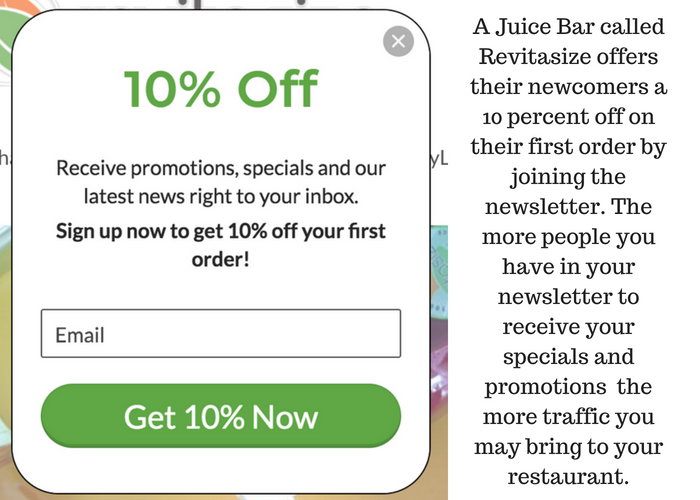
In big cities, free Wi-Fi is basically an expectation for any business that hosts customers. People will expect to be able to check their email or social media pages while waiting for their food. If you are any more rural area, having free Wi-Fi could actually make you a destination for customers. If people know they can come to you when they need to get online, that can certainly help drive business.
If you find that people are coming in and not buying anything while using your Internet, you may want to employ the strategy of offering your current Wi-Fi password for customers when they buy a food item or beverage. Changing the password regularly will help ensure that freeloaders don’t take up space that could be used by paying customers.
3. E-mail Marketing Incentives
Just because you are a brick-and-mortar business doesn’t mean you can’t use online marketing to drive sales. One of the fastest and easiest ways to build a customer database is to leave out a sign-up sheet for your newsletter. You should also include sign up links on your website and any relevant social media pages, from Snapchat to Facebook.
By offering discount codes to customers for signing up, you will drive interest in following your business. Regularly offering special sales and exclusive incentives to online followers and newsletter subscribers can also drive traffic.
Someone who signs up for your newsletter likely already has an interest in your restaurant and its menu. Offering half off of an appetizer or extended Happy Hour specials for those with a newsletter-only coupon code can help convert those digital followers to real life income.
The best way to approach this is usually to offer a higher incentive for the initial sign-up, like a free appetizer or a buy one get one free coupon for entrees. After that, more modest discounts, like 10 or 15 percent off your purchase, will also help drive sales.
4. Capitalize Your Hours
If you don’t already do so, you should track when you make the most sales. Understanding macro trends in your customers’ patterns can help you maximize your profits. Most restaurants will find that they are slower on certain days of the week, certain times of the year, and even certain times during the day.
You can turn those slow times into some of your busiest hours by offering specific discounts and specials. Many restaurants find that Mondays and Tuesdays are slower than other days of the week. If that is the case for your business, consider offering daily specials on Monday and Tuesday.
For example, Monday could be a day when you offer half off appetizers. Tuesday could be a day where you offer Happy Hour pricing for the entire afternoon. Those specials will help incentivize people to visit during times that are historically slow for your restaurant.
Similarly, Happy Hour discounts are often used to draw in customers at times that are usually slow for your business. Many times, this is the downtime between the lunch rush and the dinner hour. Use discounts and specials to get customers in the doors, and they will come back as long as the service and the food meet their expectations.
5. Reaching Out to Local Foodies in Your Area
As we said before, you simply cannot underestimate the power of the internet. While local gourmands and foodies used to only talk with your friends and coworkers about their preferences, now they have a much broader audience.
Whether they post reviews on Yelp, Facebook, or their personal blog, people with good taste and adventurous dining habits often find themselves with hundreds of followers in a short period of time. Reaching out to these people individually is a great way to use their social media influence for your benefit.
Offer them and a guest a free meal at your restaurant, provided that they do an honest review. You could even create a special for anyone who comes in from their review by creating a coupon code discount they can share with follows.
This special discount appeals both to the ego of the blogger you reach out to and to the people who follow them online. You could make hundreds of dollars in revenue off of one free set of entrees and desserts. Even better, you’ll have the goodwill of a popular local influencer and a lasting online review praising your business.
6. Start a Group
People want more from local businesses than they did in decades past. Many times, people come to physical businesses because they are seeking a sense of community. While you can achieve that to some degree with friendly wait staff and personalized service, that may not take it far enough.
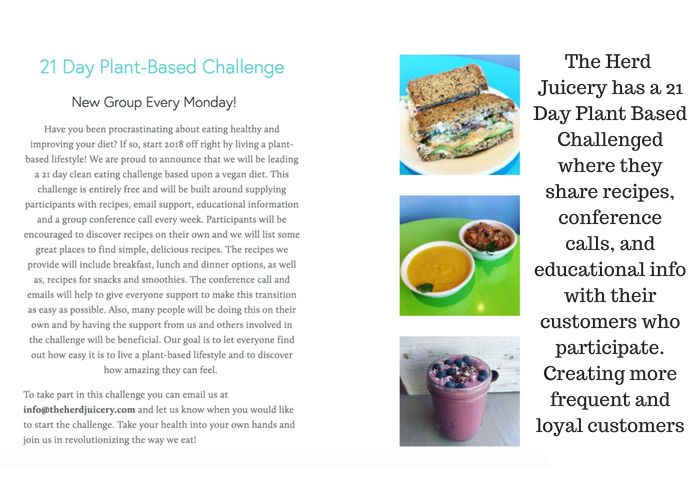
Consider what your business offers to its consumers and what you represent to the local community. Explore how you could create a community or group that would benefit from your business. This is a low-cost way to drive engagement and interest in your eatery.
For example, if you have smoothies and freshly squeezed juice, starting a support group for a 21-day juice cleanse could be a great way to get repeat customers in the door every day for weeks. If you are an Italian restaurant, you might want to start an Italian club, where people learning the language come in weekly to practice and enjoy a glass of wine.
The options are as unlimited as the infinite variety of foods and cuisines available to restaurants. You can also choose to offer discounts to people who join your group, and remember that participation in the group being free will draw the most people.
7. Have an Easy to Use Online Ordering App
As a locally-owned small business, you probably worry that the expense of developing a proprietary app for cell phones and tablets is too much of an investment. For many businesses, the cost outweighs the benefits.
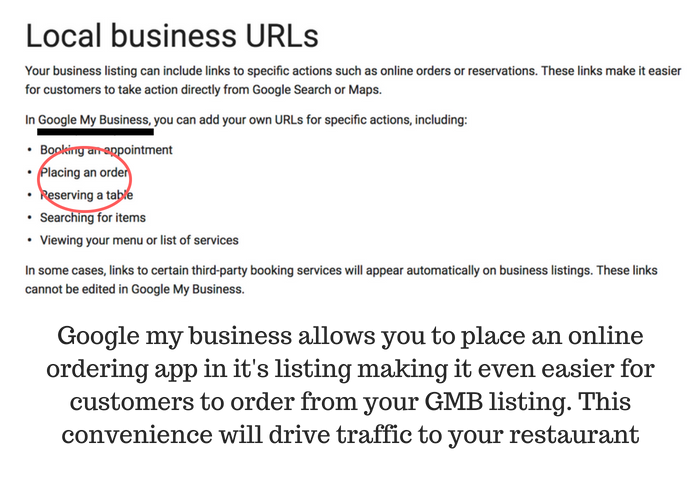
Thankfully, there are already many different options of user-friendly apps that can work with your business for food delivery and online ordering. Yelp, for example, will allow you to upload a menu to the website so that customers can order as soon as they find you online. You can offer other apps for takeout orders, as well as a variety of options for delivery services. Even Uber has its own special food delivery service that you can utilize.
You may think that online ordering is a tiny segment of the population, but that is not accurate. According to Fortune Magazine, in 2017, 6. 6 percent of all restaurant orderscame through online ordering or apps. That is higher than the 5 percent allocated for phone orders.
Many modern customers simply find it more convenient to make choices at their own convenience instead of dealing with a frazzled employee over the phone. Chances are good that the portion of orders that come in over apps will only expand as mobile phone usage increases.
8. Host Major Events
Special events are a great way to get people into your business. It’s also one of the easiest ways to help create fond memories of your eatery in the local public. If you have televisions in your space, consider hosting special event nights related to sporting events, like the Super Bowl.
Even if you don’t have televisions, you can still offer special events and celebratory parties that will draw the local public to your business. New Year’s Eve is a great night to offer a special prix fixe menu and early reservations for customers. You could potentially sell out your entire restaurant weeks before the holiday even hits.
If you don’t go that upscale, consider throwing a Halloween party where everyone who shows up in a costume gets half off a drink or a discounted appetizer. If you have more of an intimate ambiance, a singles mixer on Valentine’s Day or Sweetest Day would be an ideal way to get people into your restaurant and associating positive memories with your business.
For restaurants with the space, offering to host special events for local groups and even families can be quite lucrative. Developing an area as a banquet space where businesses or other groups can rent the room and obtain food for guests is a great way to make your business a destination while also raking in the profits.
9. Giving Away Free Gift Cards to Your Restaurant
One of the easiest ways to get more people to come in and try your business for the first time is to offer free food. Of course, just handing out free appetizers or desserts to anyone who walks into your restaurant will cost you a lot of money.
Instead, give away gift cards. That way, you can control how much money you invest in promoting the business. Give $20 gift cards to a local charity that’s running an auction. Donate gift cards to the radio station to give away to the 10th caller after a certain song. Not only will your business benefit from having your name associated with the giveaway, those gift cards will get people in your restaurant trying your food.
You can also offer discounted gift cards, such as buy $20 worth of gift cards and get $30 instead. Chances are good that if customers like your food, they will spend more than the amount on the gift card, and they will come back again later.
10. Reach Out to Your Media Outlets
Local food culture has never been as trendy as it is right now. People love to think they know the hottest and hippest restaurants in their area. Regardless of what your niche is, there is something exciting about your business. Identify that and then reach out to local news outlets. You could try the local television news or even morning radio shows.
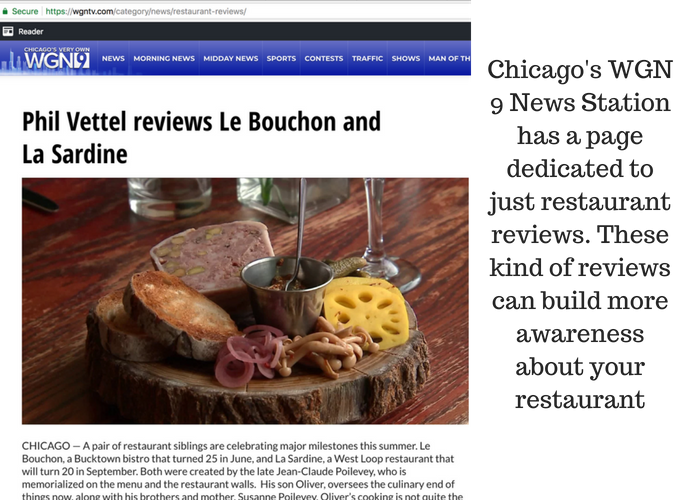
You may have a point of interest because your business was founded by an immigrant who has been in the country for decades. Maybe you offer a unique food that no one else in the area serves. Perhaps you have a gorgeous painting created by a local artist featured on one of your walls. Maybe your chef has been working in local restaurants for half a century.
Whatever it is, if it’s interesting to you, it might make a good local interest piece for the local media. Write-ups in the local newspaper or special features on television news or radio shows can certainly increase local interest in your restaurant.
10 Strategies to Attract Restaurant Customers posted first on
happyhourspecialsyum.blogspot.com






